Cloud Computing: Benefits, Drawbacks, Issues Addressed and Future
VerifiedAdded on 2023/06/11
|12
|900
|71
Presentation
AI Summary
This presentation provides a comprehensive overview of cloud computing, beginning with an introduction that highlights its growing popularity compared to older computing paradigms like grid and distributed computing. It defines cloud computing as delivering hosted services over the internet, categorized into Infrastructure-as-a-Service (IaaS), Platform-as-a-Service (PaaS), and Software-as-a-Service (SaaS). The presentation emphasizes the numerous benefits of cloud computing for both users and companies, including remote access to information, cost-effectiveness, and limitless resources. It also addresses the service-oriented shift in IT business organizations facilitated by cloud computing, enabling seamless operations for geographically dispersed businesses. However, the presentation acknowledges the drawbacks of cloud computing, such as data transfer costs, security concerns, and reliance on third-party hardware. It further discusses how cloud computing addresses issues like real-time data availability for enhanced customer relationship management and recurring IT infrastructure costs. Finally, the presentation explores the future of cloud computing, highlighting its potential to drive innovation, reduce prototyping costs, and reshape the IT industry landscape.
1 out of 12
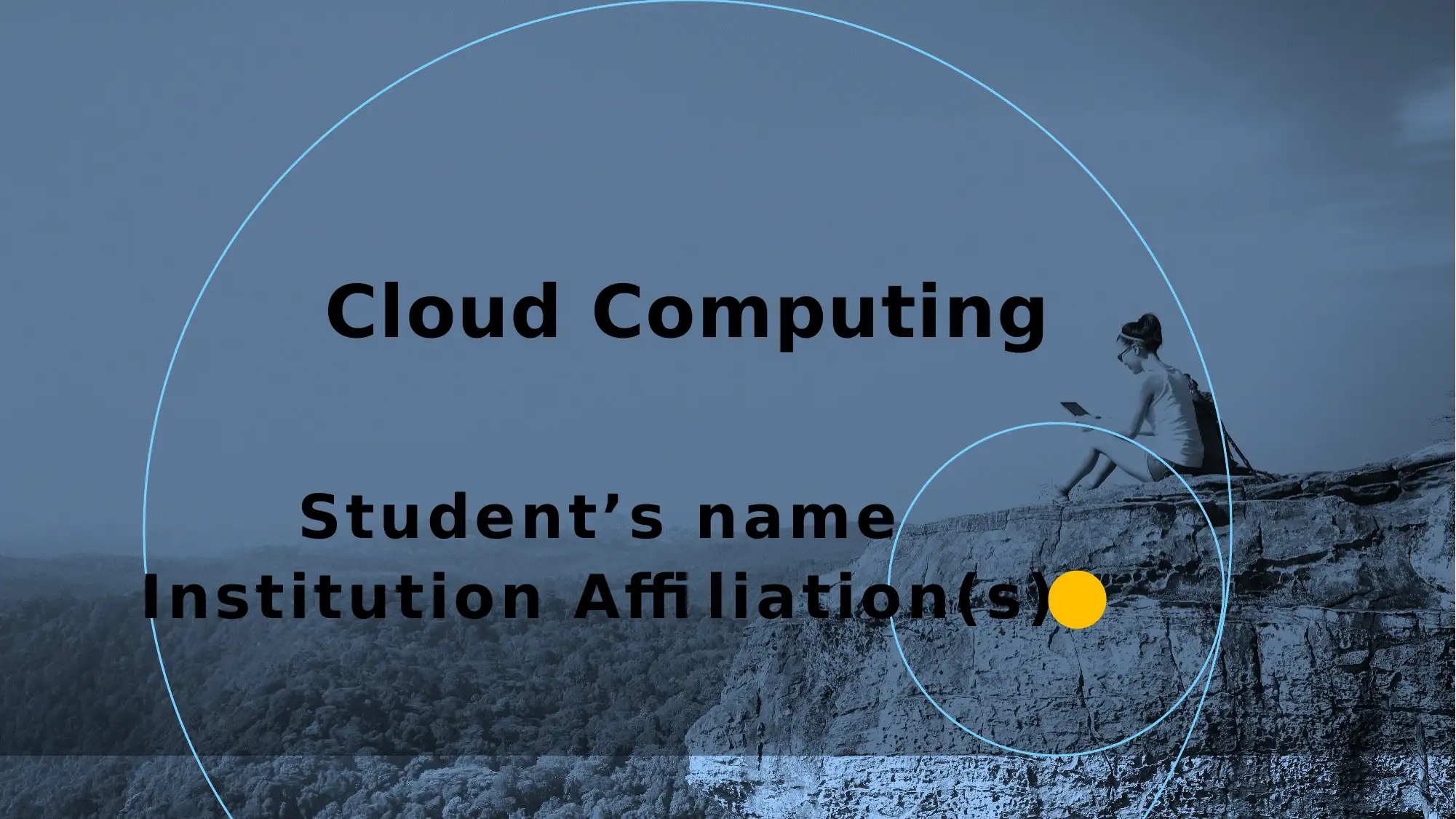
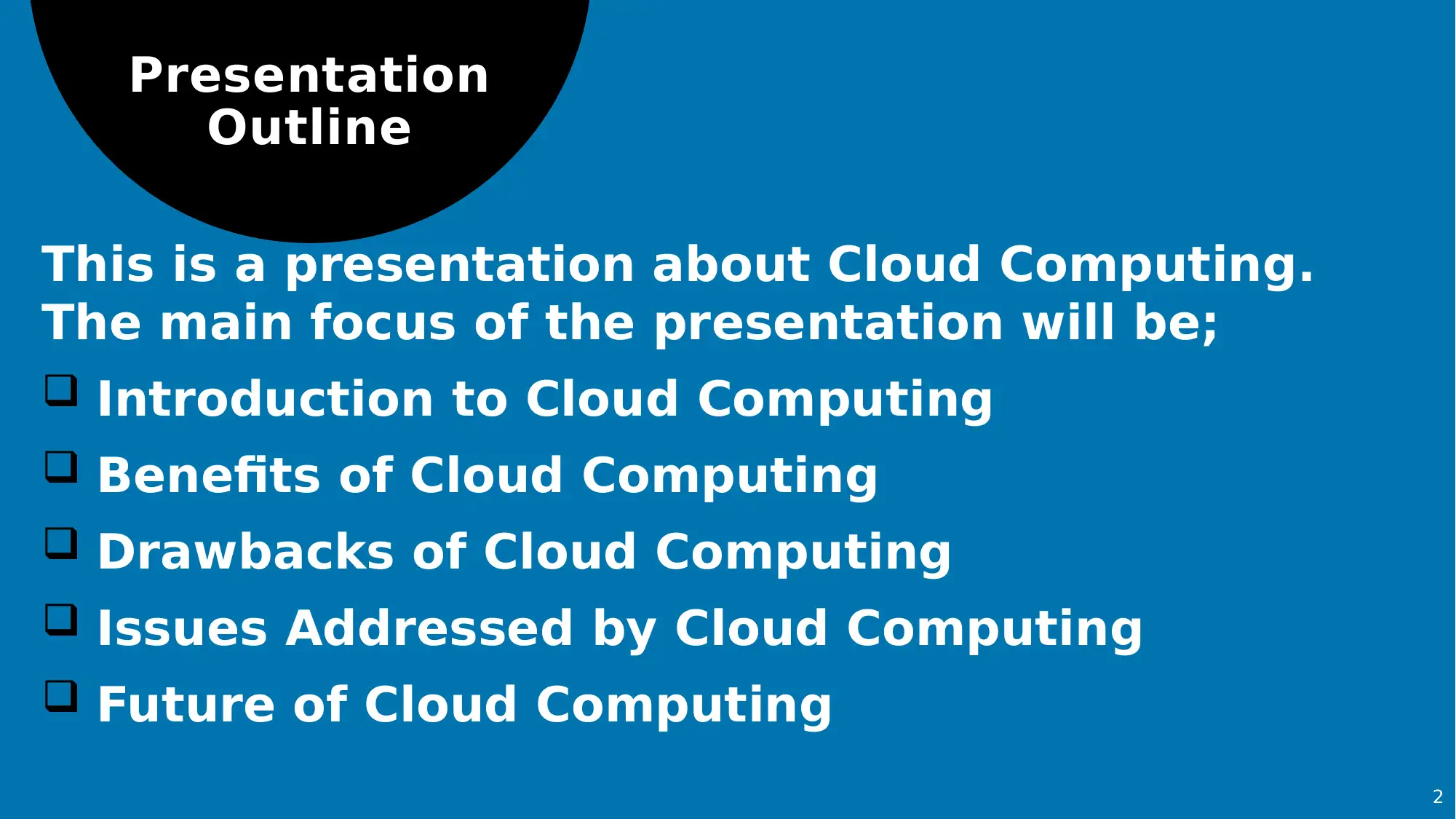
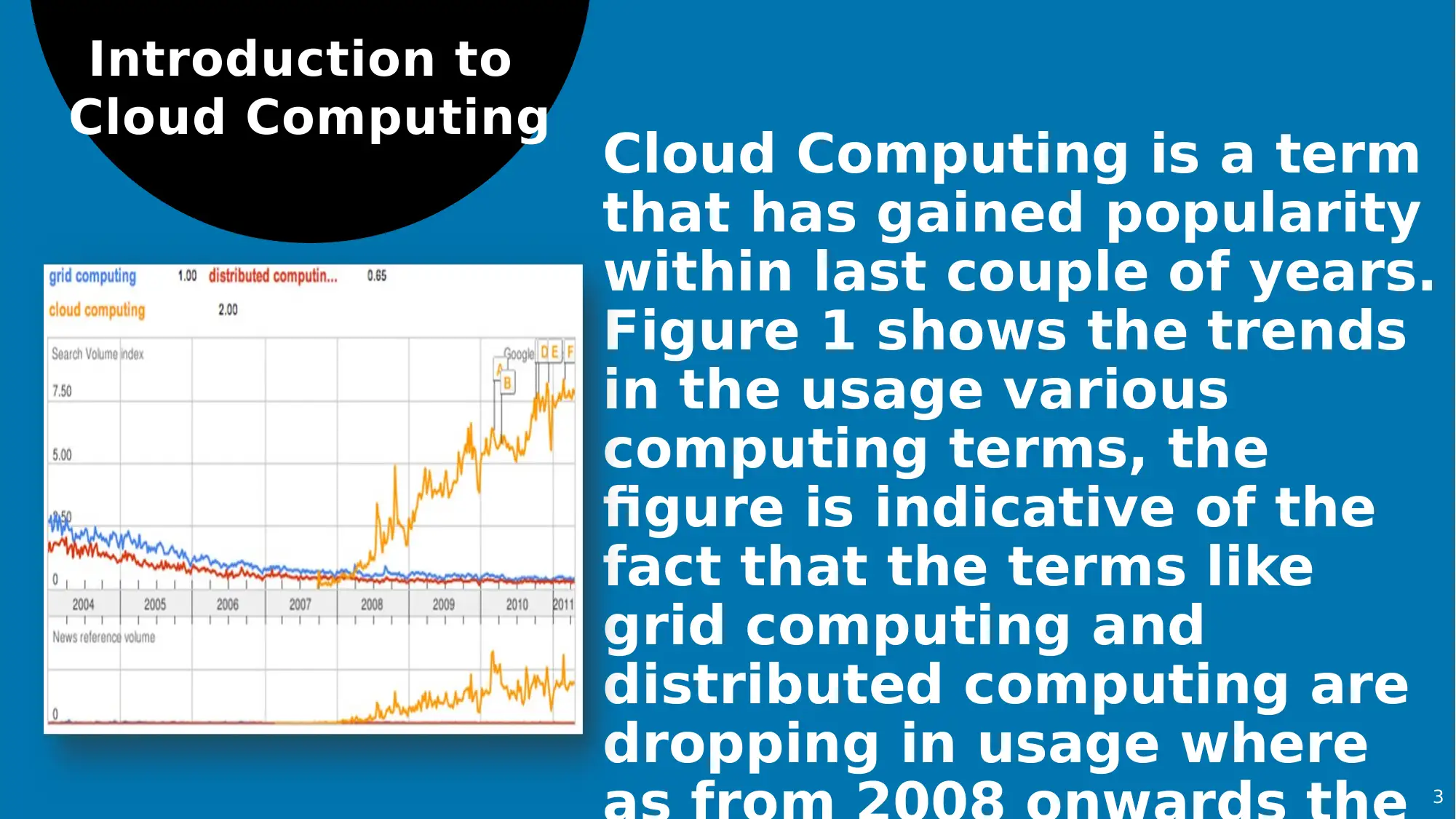

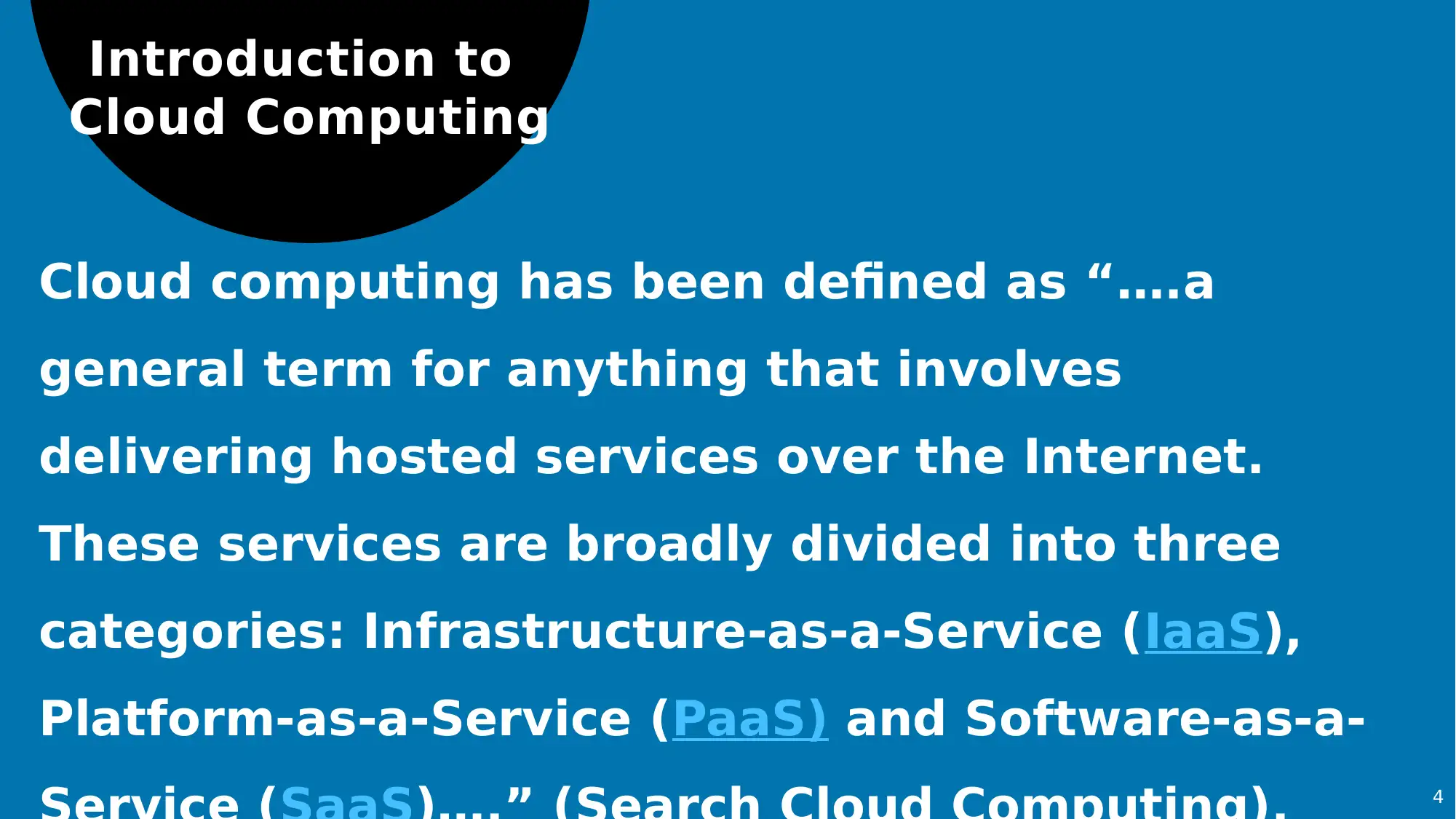
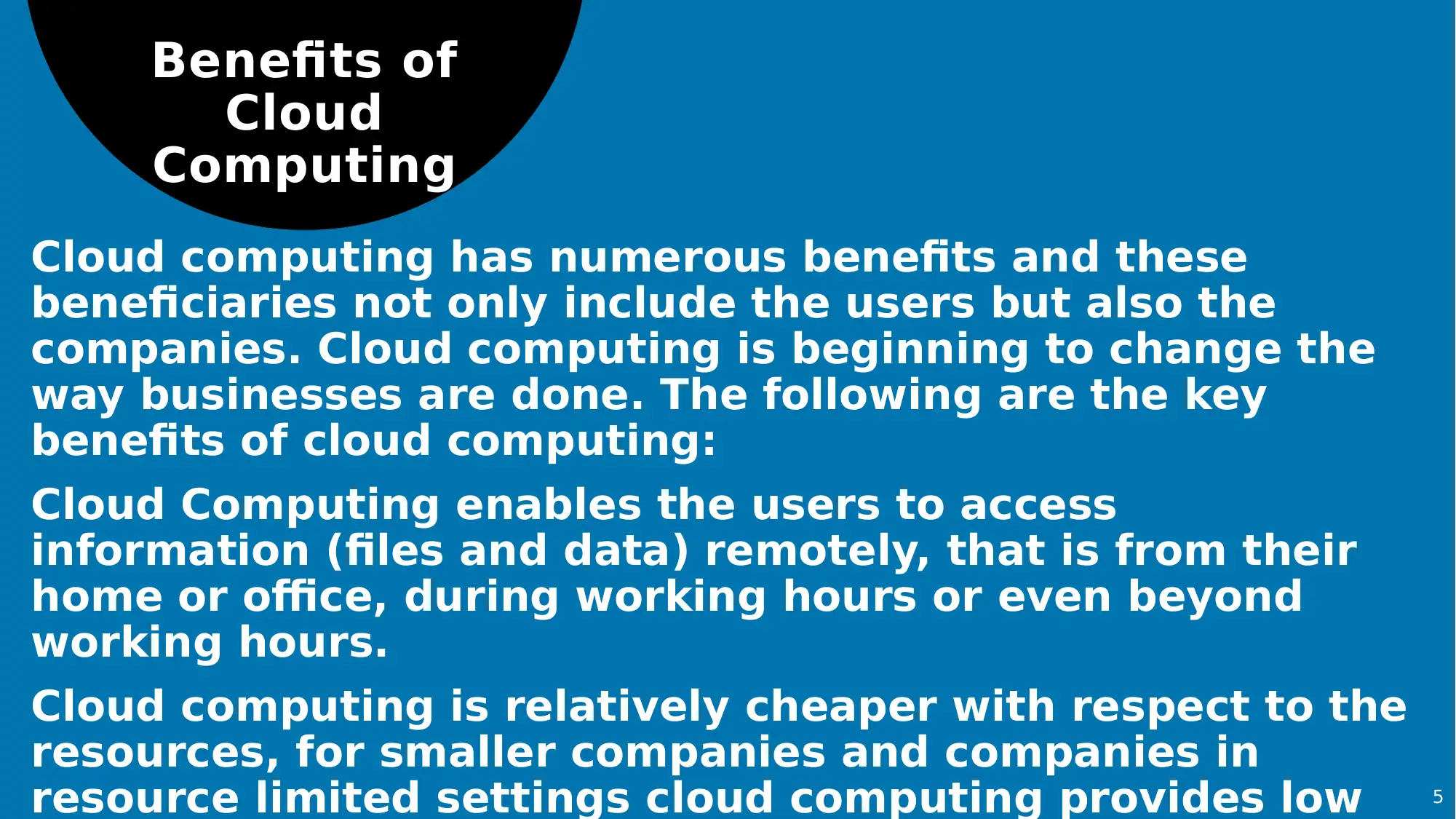
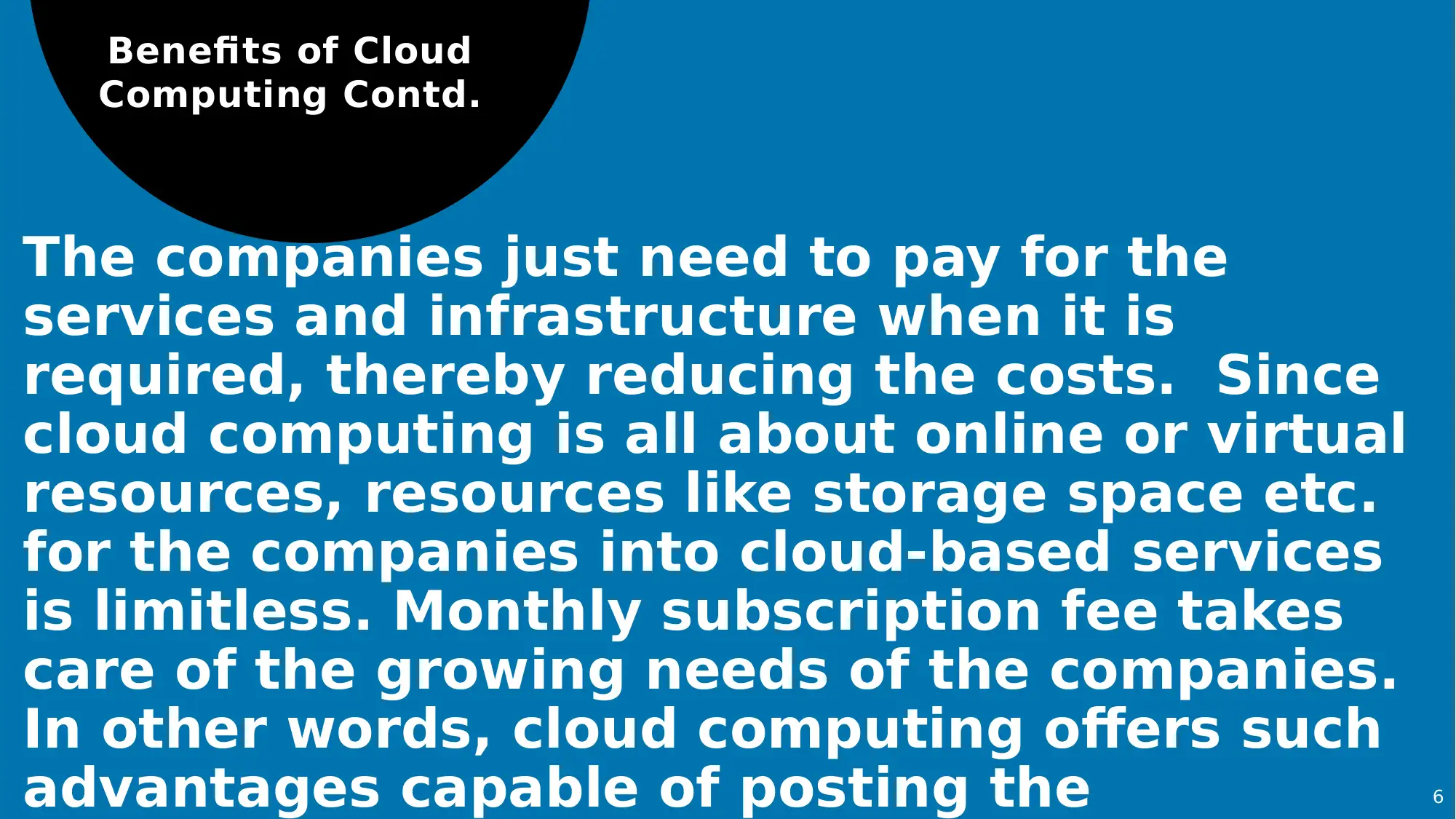
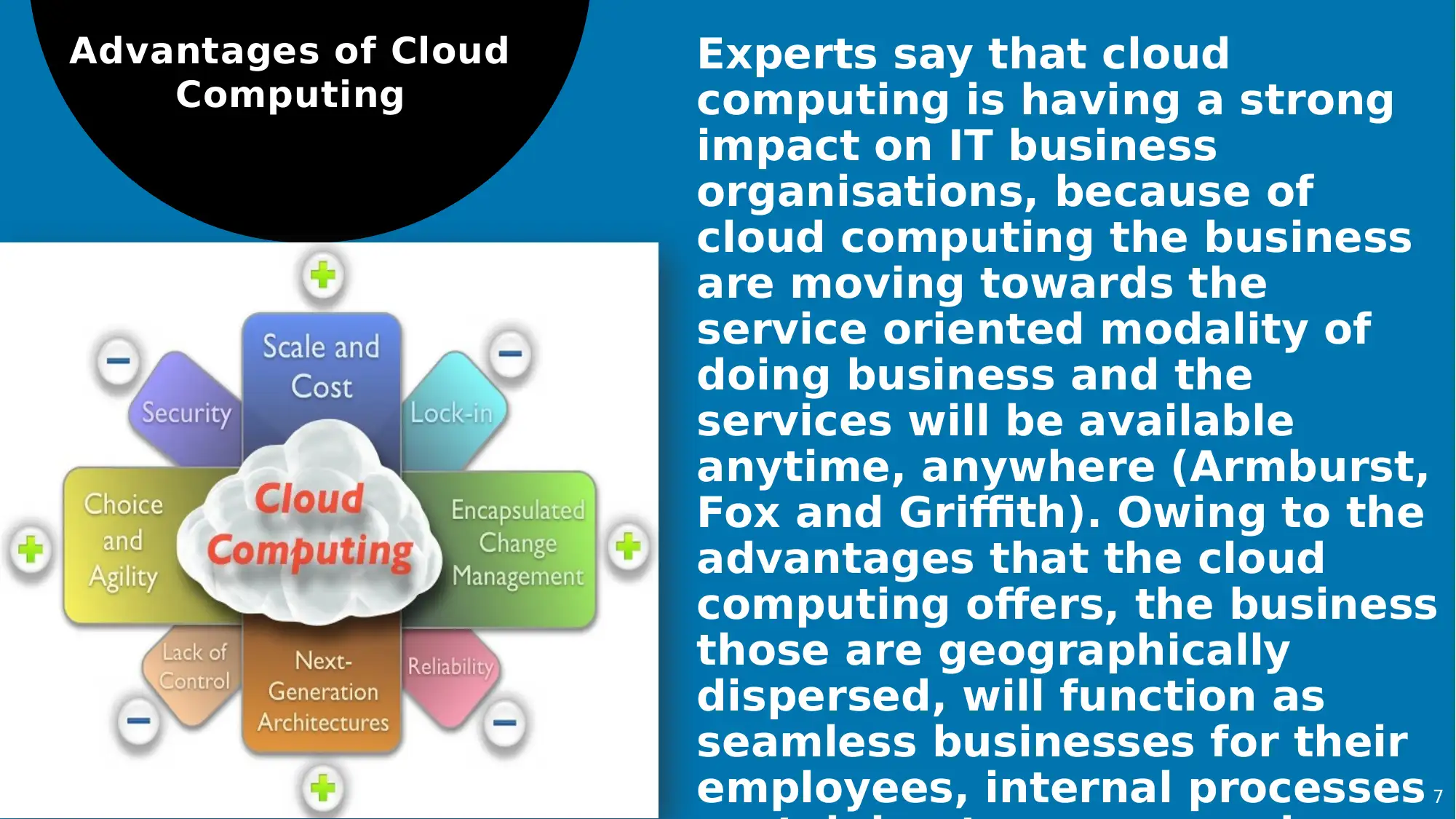
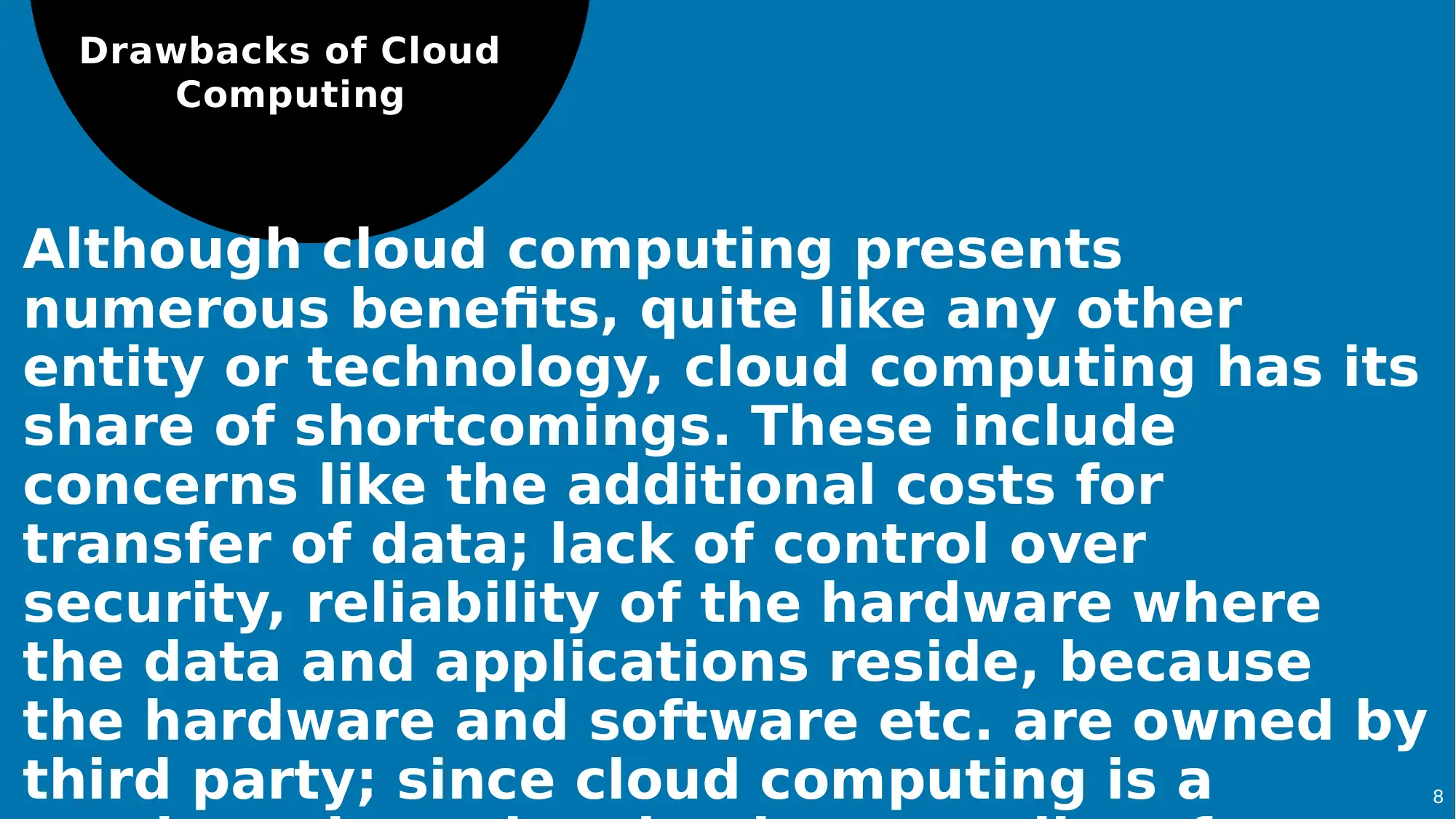
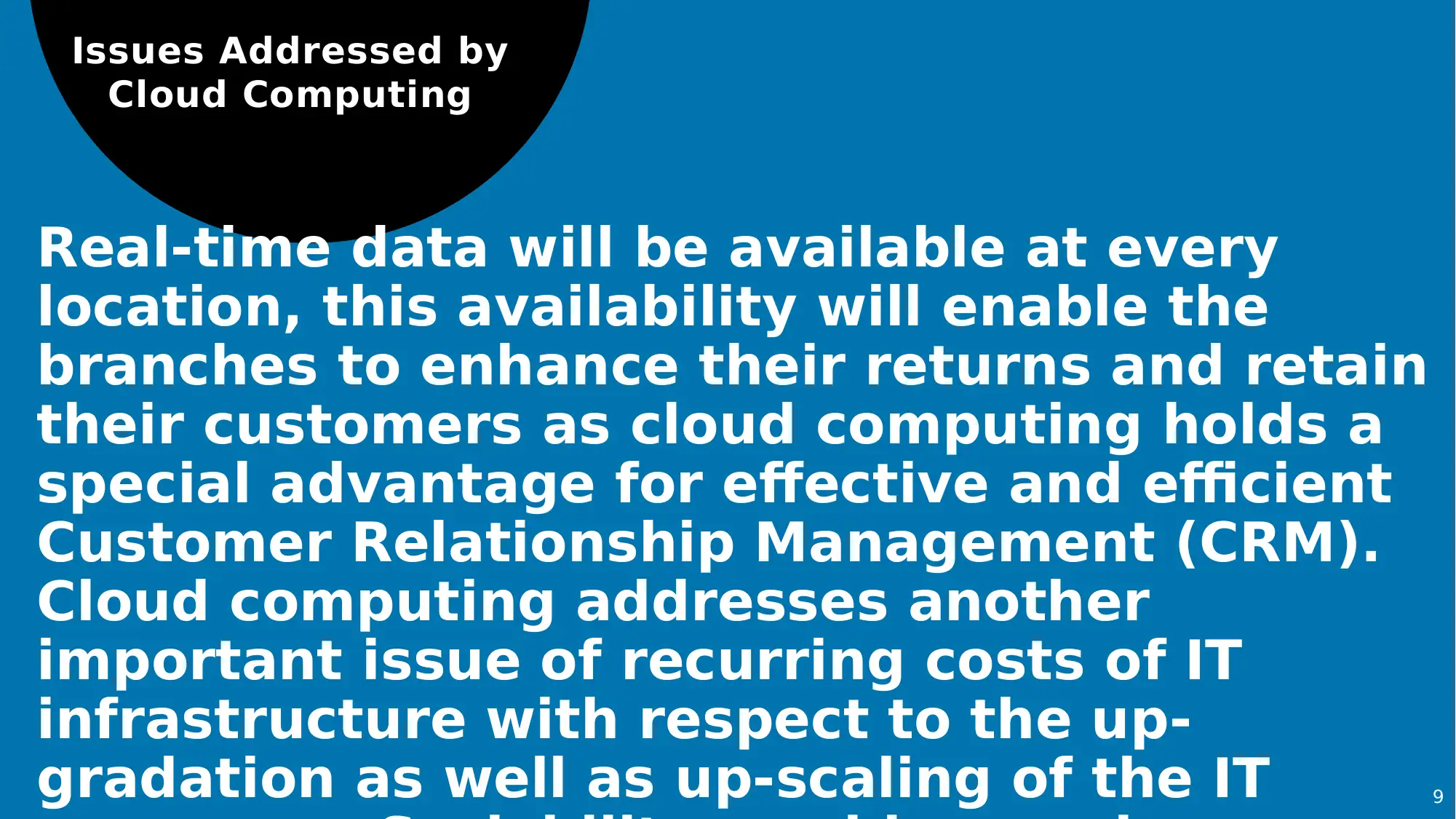
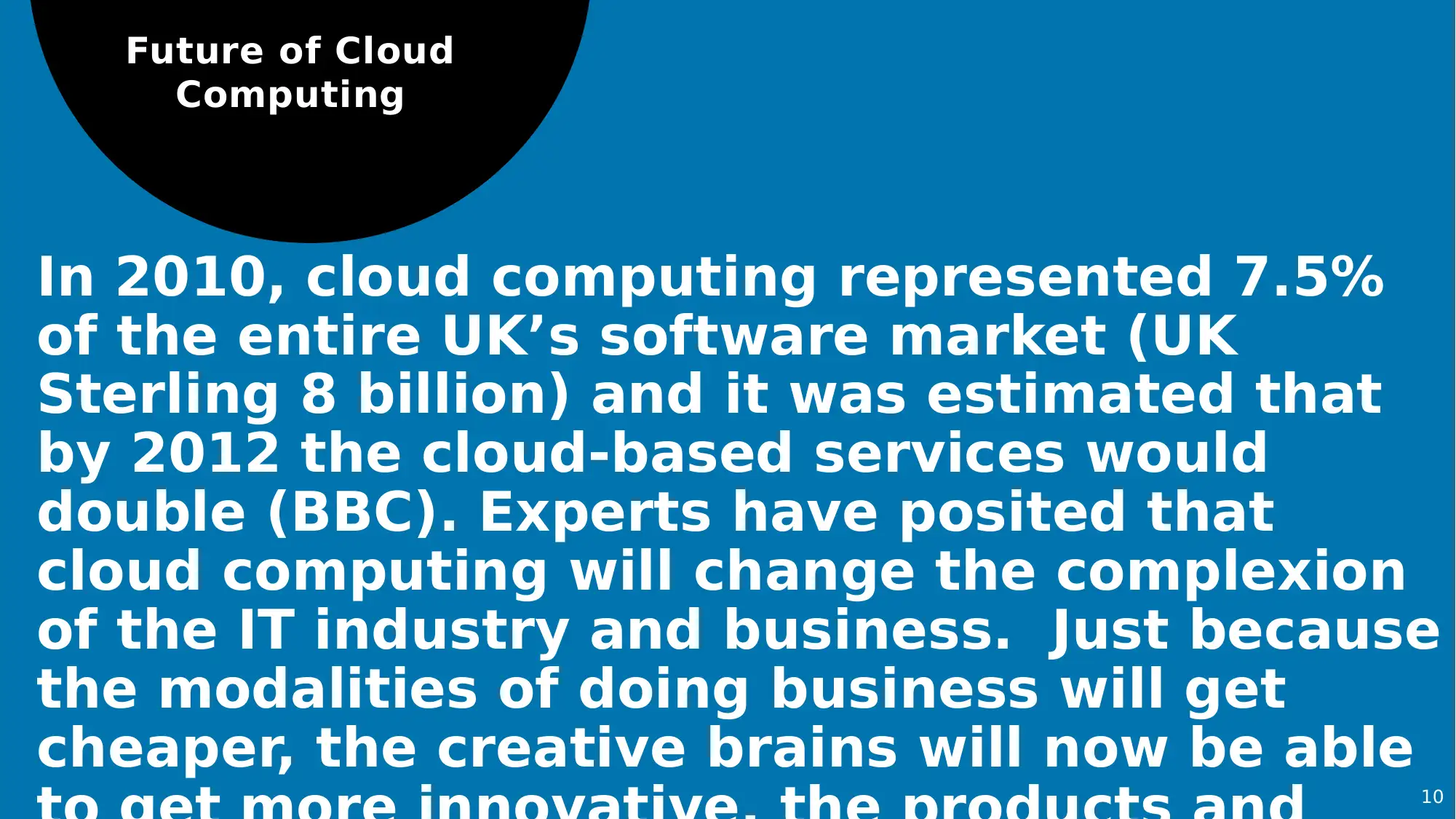
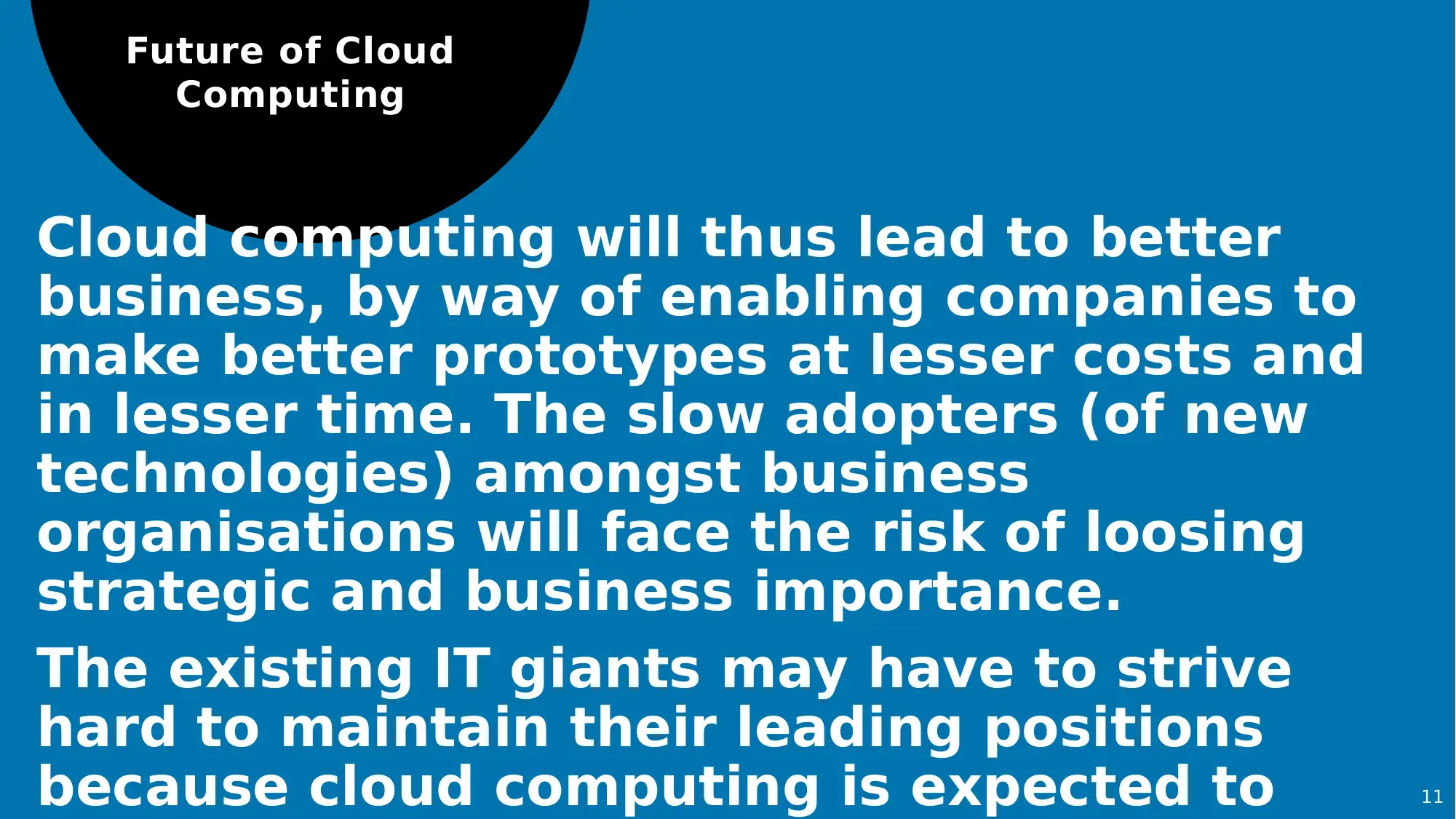
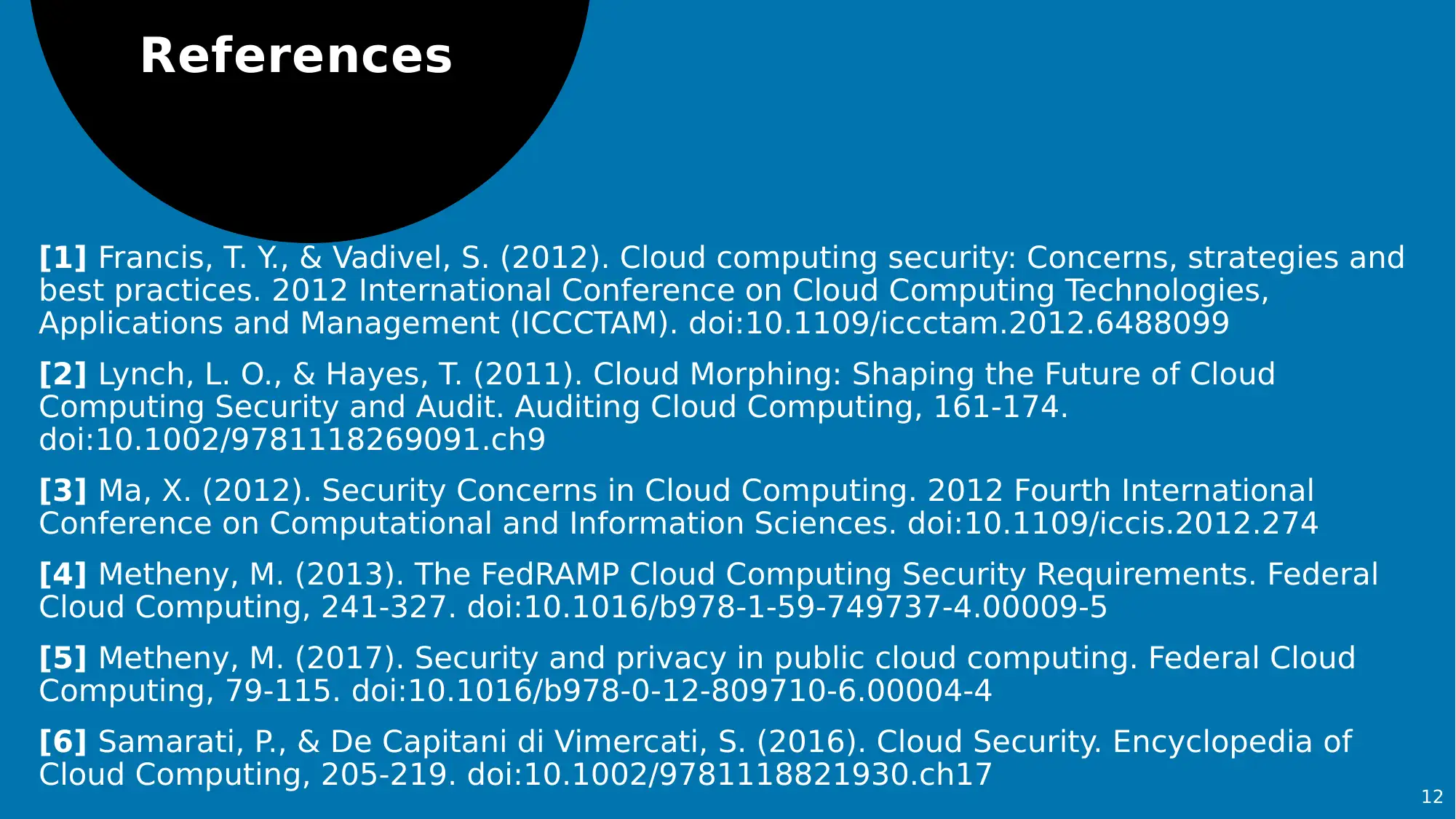





![[object Object]](/_next/static/media/star-bottom.7253800d.svg)